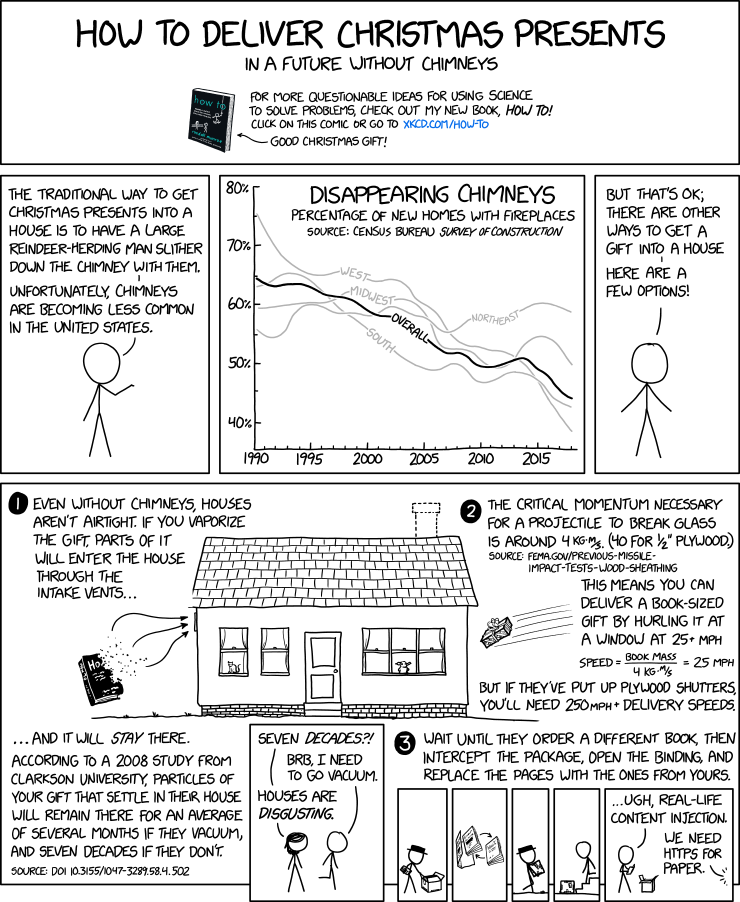
In science news this week: Check-Up On San Francisco Estuary Health; Which Bay Area Salamander Are You?; What Happened to Commercial Crab Season?; Atmospheric river storms create $1 billion-a-year flood damage; Do Hawks Eat Pets?; Studying water quality with satellites and public data; and more…
Check-Up On San Francisco Estuary Health “The San Francisco Estuary covers a large swath of California, encompassing the Bay Area and Sacramento-San Joaquin Delta. The Estuary’s varied landscapes and habitat types are as diverse as the people and communities that surround it. Situated in the heart of California’s agricultural, economic, urban, industrial, and water management hubs, these landscapes play important ecological roles for wildlife, human health, and geophysical processes.” Read more from FishBio here: Check-Up On San Francisco Estuary Health
Which Bay Area Salamander Are You? “Ahh yes, salamanders. The under-appreciated amphibians, second to their more well-known and vocal (if slightly obnoxious) cousin the frog. For these slimy critters, existence under the forest floor or in murky bodies of water often hides them from even the most enthusiastic of hikers. This is true even in the Bay Area, despite the droves of people who go out into our many parks on the weekends. Nevertheless, the relatively urban Bay contains a surprising diversity of salamander species, each with their own flair! Read below to find out more about our Bay Area salamanders, and see if any of their unique personalities resonate with you.” Read more from Bay Nature here: Which Bay Area Salamander Are You?
What Happened to Commercial Crab Season? “Whether or not you choose to use your carnassial teeth for their intended purpose, eating Dungeness crabs (Metacarcinus magister) is something of a regional tradition around the holidays. A “crab feed” is to the West Coast as a lobster bake is to the Northeast, a bull and oyster roast is to the upper Chesapeake Bay, and a pig pickin’ is to the South. Gatherings celebrating nature’s bounty are a cross-cultural commonality, and let’s face it — they frequently involve tasty animals.” Read more from Bay Nature here: What Happened to Commercial Crab Season?
Atmospheric river storms create $1 billion-a-year flood damage “Researchers at Scripps Institution of Oceanography at the University of California San Diego and the U.S. Army Corps of Engineers analyzed the economic impact of the winter storms that deliver an increasingly large share of rain and snow to California and the West. The study appears Dec. 4 in the journal Science Advances.” Read more from Phys.org here: Atmospheric river storms create $1 billion-a-year flood damage
Indo-Pacific Ocean warming is changing global rainfall patterns “New research by NOAA and a visiting scientist from India shows that warming of the Indo-Pacific Ocean is altering rainfall patterns from the tropics to the United States, contributing to declines in rainfall on the United States west and east coasts.” Read more from NOAA here: Indo-Pacific Ocean warming is changing global rainfall patterns
Do Hawks Eat Pets? “I recently downloaded the Nextdoor app, the “social network for your neighborhood community,” to keep track of road closures and new developments in my rapidly growing community. It served that purpose, but it also gives me sometimes-startling insights into my neighbors’ concerns.” Read more from Cool Green Science here: Do Hawks Eat Pets?
In Search of Australia’s Amazing Rainbow Finch “The finches arrive at dawn. We watch the waterhole intently, hidden behind a clump of tall grass. We’ve been waiting for hours, huddled together for warmth as we study our bird guides by flashlight” Read more from Cool Green Science here: In Search of Australia’s Amazing Rainbow Finch
Studying water quality with satellites and public data “Access to abundant, clean, water for drinking, recreation and the environment is one of the 21st century’s most pressing issues. Directly monitoring threats to the quality of fresh water is critically important, but because current methods are costly and not standardized, comprehensive water quality datasets are rare. In the United States, one of the most data-rich countries in the world, fewer than 1% of all bodies of fresh water have ever been sampled for quality.” Read more from Phys.org here: Studying water quality with satellites and public data
Lisa’s XKCD Comic Pick of the Week …

 Sign up for daily email service and you’ll never miss a post!
Sign up for daily email service and you’ll never miss a post!
Sign up for daily emails and get all the Notebook’s aggregated and original water news content delivered to your email box by 9AM. Breaking news alerts, too. Sign me up!
About Science News and Reports: This weekly feature, posted every Thursday, is a collection of the latest scientific research and reports with a focus on relevant issues to the Delta and to California water, although other issues such as climate change are sometimes included. Do you have an item to be included here? Submissions of relevant research and other materials is welcome. Email Maven

